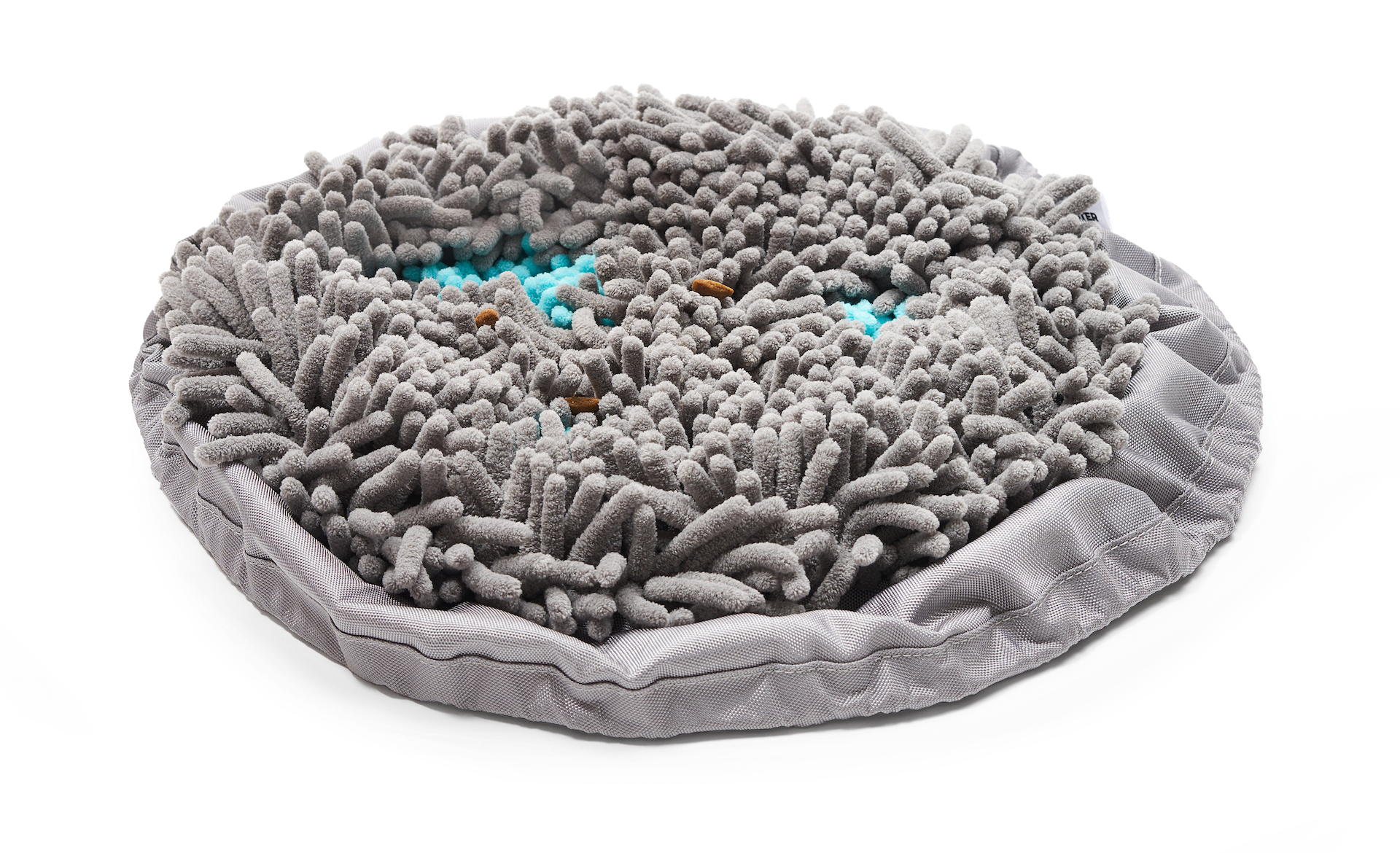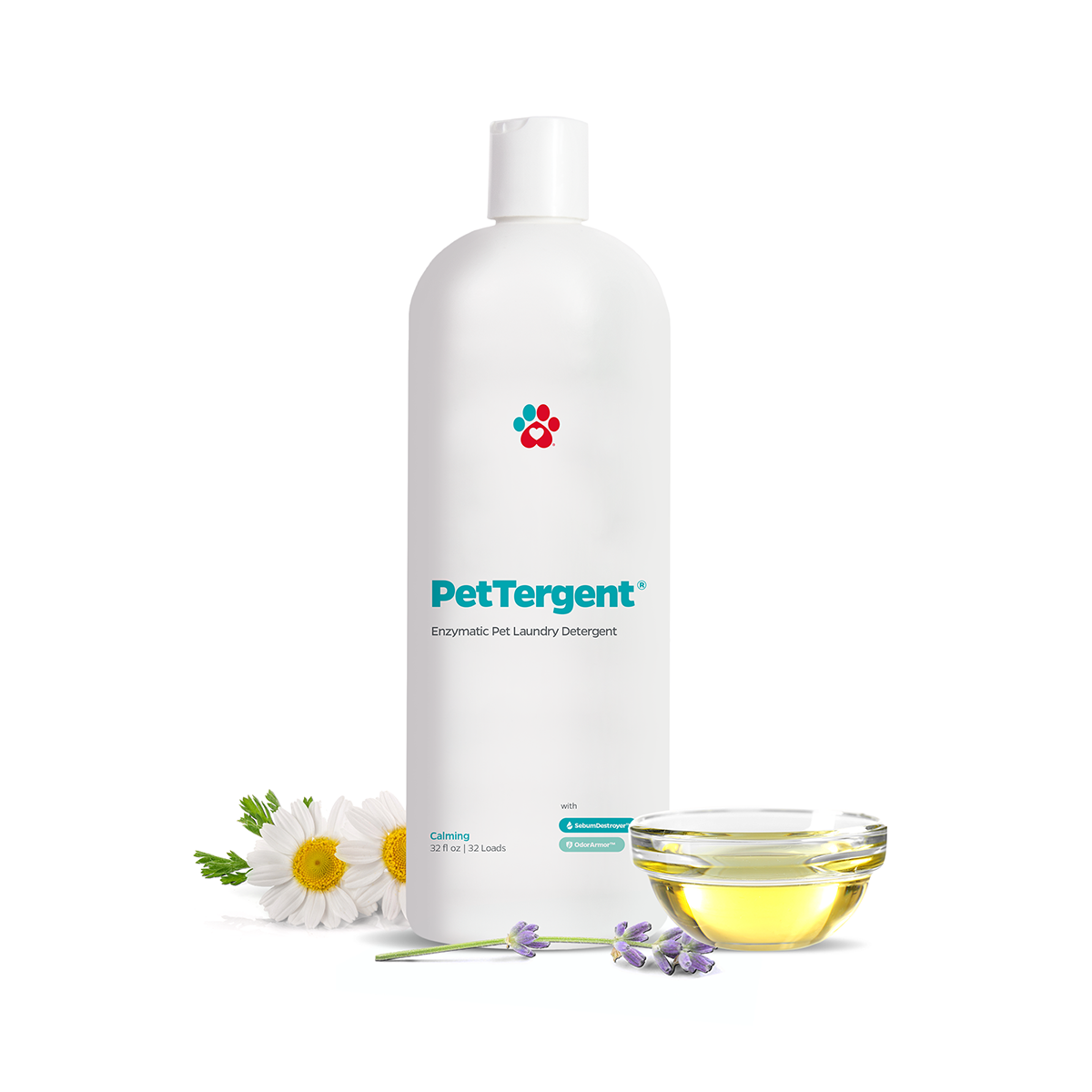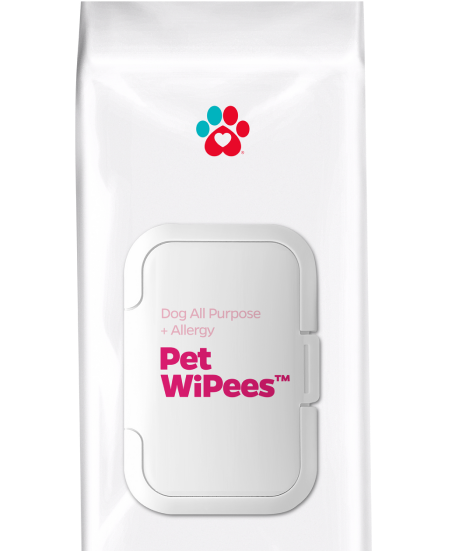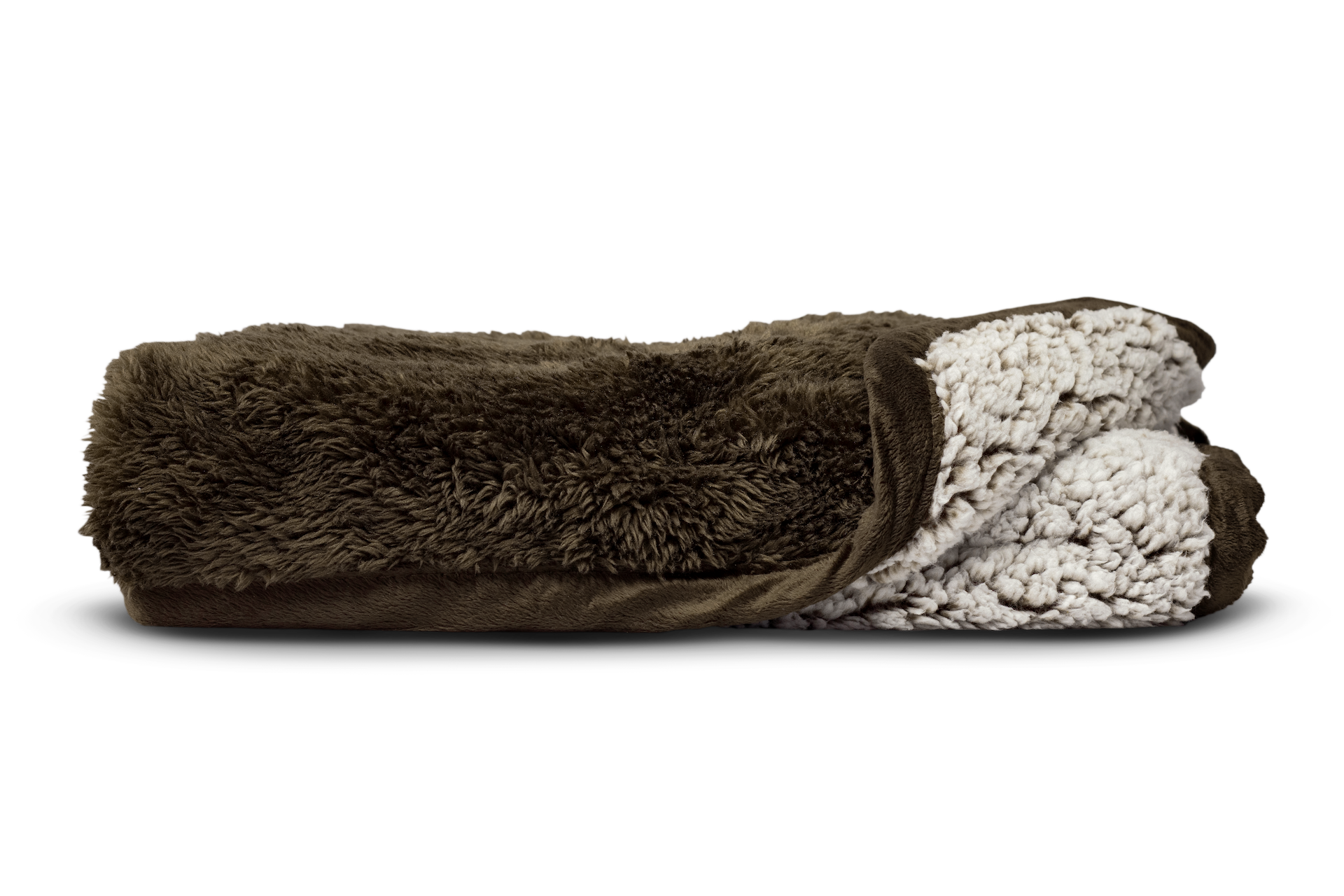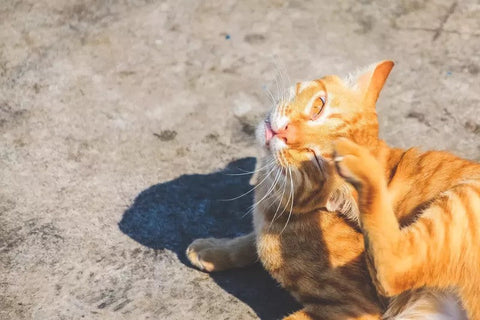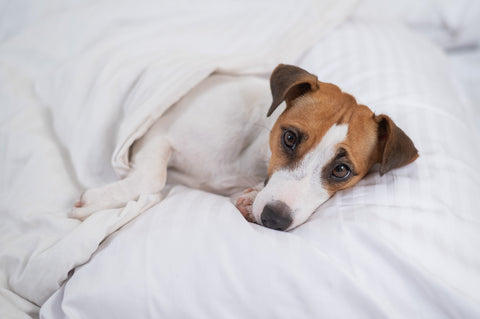Yes, we feel you.
Cat urinary problems can be one of a pet parent's greatest nightmares!
It can be because of a number of reasons - including problems in the urinary tract or stress.
But depending on the root cause, worry not!
Here's what you can do about common urinary problems in cats.
Common Urinary Problems in Cats
A cat's urinary tract pretty much works just like how ours does and urinary problems in cats are classified into two categories: the lower urinary tract (bladder and urethra) and the upper urinary tract (kidneys and ureters).
"There are two categories of urinary problems in cats: lower urinary tract and upper urinary tract."
Feline lower urinary tract disease
Feline Lower Urinary Tract Disease (FLUTD) is a collective term of conditions affecting the bladder and urethra of your cat. You will know if your cat has FLUTD if she:
- strains to urinate
- attempts to urinate in an unusual amount of time
- cries out of pain while urinating
- licks genital area excessively
- urinates outside the litter box; causes accidents
- has blood in cat urine
- losses appetite
Moreover, FLUTD can be caused by the following conditions:
Urolithiasis. Formation of urinary stones in the bladder or in the urethra.
Urethral Obstruction. Cat's urethra is blocked due to urinary stones or urinary plugs.
Urinary infection. The urinary tract is infected with fungi, parasites, and bacteria.
Feline Idiopathic Cystitis. This medical diagnosis, an inflammation of the bladder with an unknown cause, is made after all possible cat urinary problems that cause similar signs (mentioned above) is ruled out.

Upper urinary tract infection
The upper urinary tract of your cat is made up of the kidneys and the ureters (tubes that go from the kidneys to the bladder). And one of the most commonly diagnosed upper urinary tract infection is pyelonephritis.
Pyelonephritis is an infection caused by bacteria that travel from the lower urinary tract to the bladder up to the kidneys.
Most cats do not exhibit any clinical signs when going through pyelonephritis, but they will have the signs and symptoms of FLUTD.
Proper management
Depending on the cases of these cat urinary problems, proper management is key to help lessen your cat's discomfort and help her recover faster.
A clean place is a safe place. Always keep your cat's litter box clean and change your box litter every week. Cats value cleanliness (as much as we do!) and a dirty & smelly litter will cause her to 'hold it in' and she will not pee even when necessary. A clean litter box will also prevent bacteria from spreading.
Water is life. See to it that you give your cat a bowl of fresh and clean water a few times a day. Knowing most cats don't have the hobby of drinking water, allow your cat to drink in running tap water for they love how it feels under their tongue.
Water will dilute cat pee and will make her urinate more often, flushing out bacteria in the urinary tract.
'It's not the stress that kills us'. Stress causes changes in your cat's urinary behavior. She might begin to spray in areas of the house where urine isn't supposed to go to or may try to 'hold it in' instead (and this causes urinary problems!). Identify what stresses out your cat. Is it the dirty litter box? The stray animals outside? A new pet? House visitors? Loud noises from the neighborhood? A change in her routine? Identify what causes stress in your cat and address it.
Health is wealth. Your cat's diet is a big factor. To prevent urinary problems from taking place, give her a balanced and healthy diet that will keep her fit and is able to provide her with all the nutrients she needs. Overweight and diabetic cats are more at risk in having cat urinary problems.
See the vet. For our furry friends, it's always best to make sure. It's not enough that you solely rely on the symptoms you see in your cat. A visit to the vet will give you a proper diagnosis on what exactly is going on, proper treatment and yes, peace of mind.
Cat diapers are a thing. Cat diapers will be a great help in preventing accidents around your house while your cat is on medication for cat urinary problems, since she is still susceptible to peeing anywhere.
To help ensure your cat's recovery from urinary problems, proper management is key for her to get well again and live a happy & healthy life with you!

